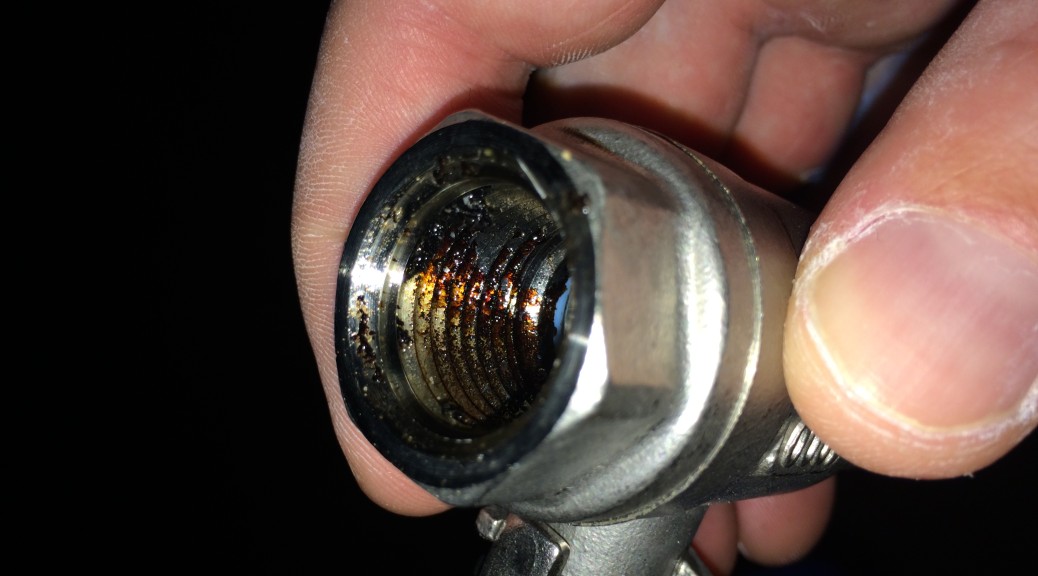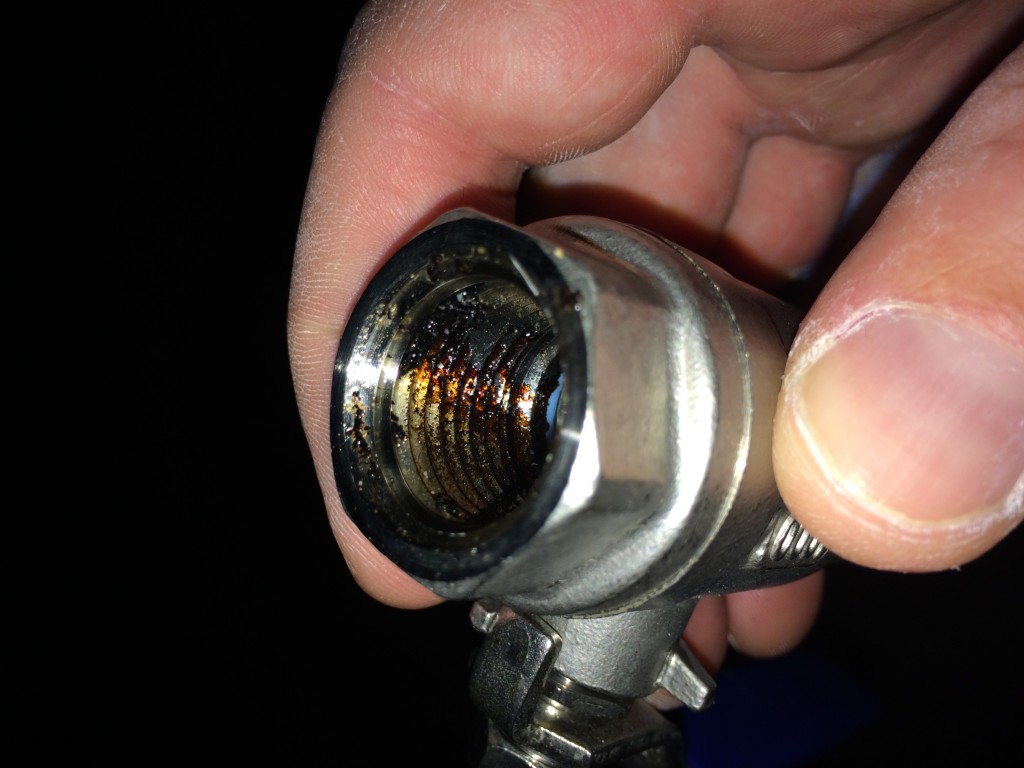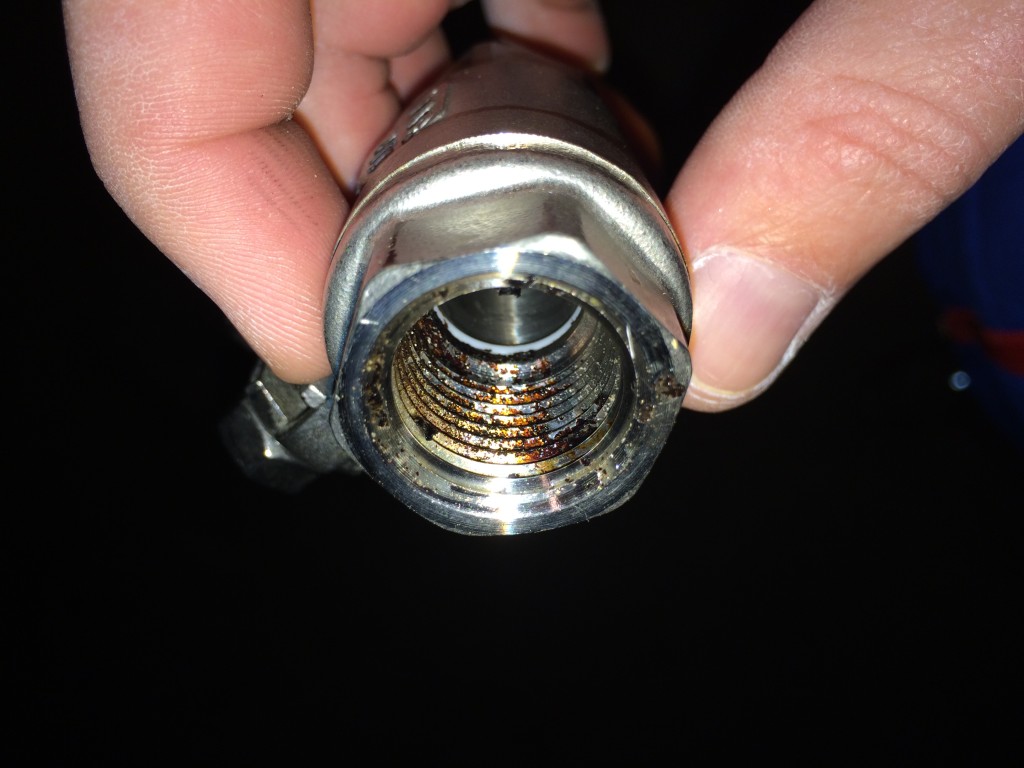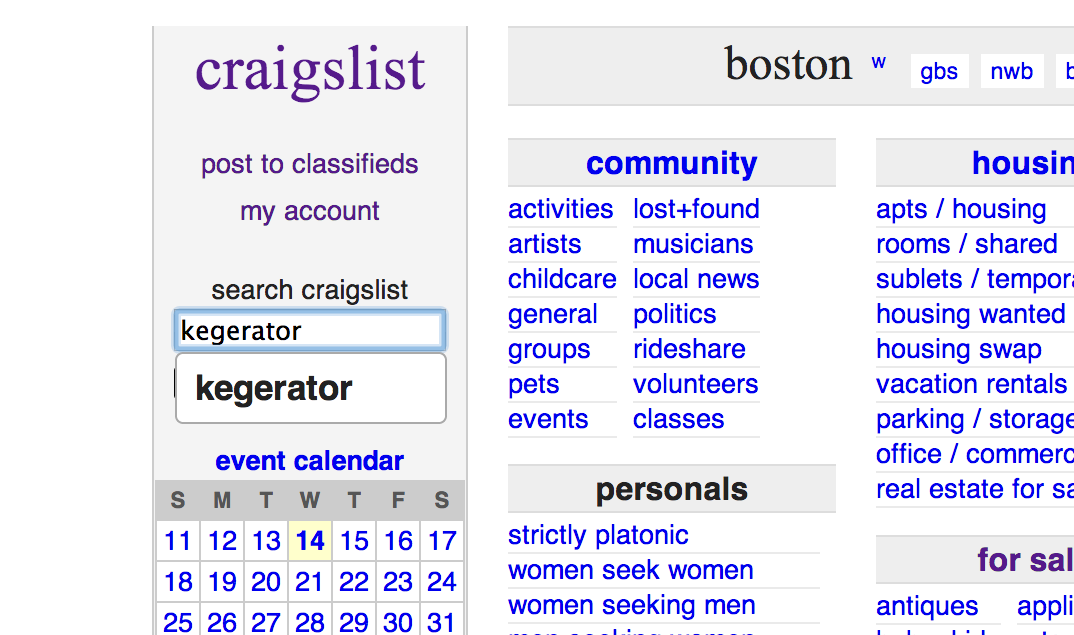This post is to help beginner brewers understand what to be worried about and why.
When you start brewing it seems like everything is impossible and your beer is guaranteed to be ruined. In reality yeast is a pretty resilient creature and it’s very easy to make drinkable beer. Making amazing, world-class beer can take a few more levels of concern but one needs to know what to let slide and what to stress out about. The list is questions I have seen frequently from beginners and answers with explanations.
My airlock dried up / popped off – is it ruined?
Probably not, and there is almost no way to know without waiting. The risk of something bad getting in to your beer is probably about the same as if you were to open up the lid and look at it mid-ferment. People do that all the time (for whatever reason.) The best thing to do is to replace the airlock, fill it up, wait it out and see at bottling time. IF it tastes bad at that point – toss it.





